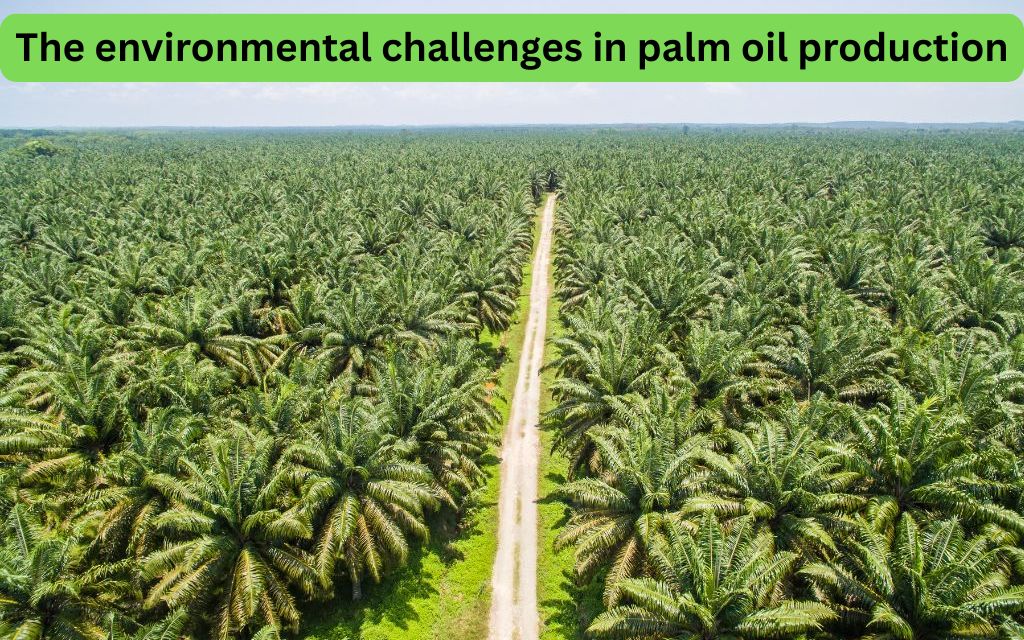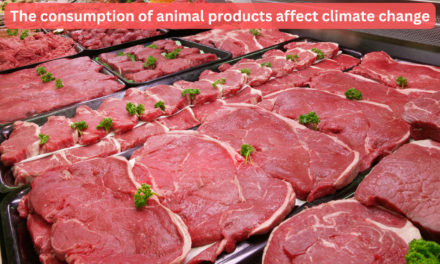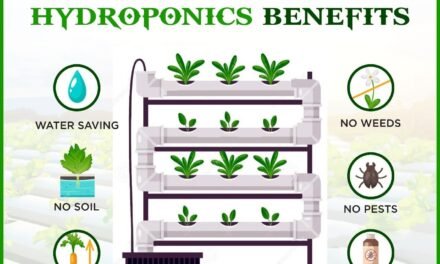Palm oil production faces significant environmental challenges due to its extensive cultivation, particularly in tropical regions. These challenges affect biodiversity, ecosystems, climate, and local communities. Below are the key environmental issues associated with palm oil production:
1. Deforestation
- Loss of Tropical Forests: Large areas of rainforest are cleared for oil palm plantations, particularly in countries like Indonesia and Malaysia, leading to significant habitat destruction.
- Biodiversity Loss: Deforestation endangers species like orangutans, tigers, and elephants that rely on forest ecosystems for survival.
- Carbon Emissions: Clearing forests releases stored carbon into the atmosphere, contributing to global greenhouse gas emissions and climate change.
2. Peatland Degradation
- Peatland Drainage: Oil palm cultivation often involves draining carbon-rich peatlands, releasing large amounts of carbon dioxide into the atmosphere.
- Soil Erosion: Draining and cultivating peatlands makes the soil vulnerable to erosion and degradation.
3. Loss of Biodiversity
- Habitat Fragmentation: Plantation expansion fragments ecosystems, reducing the ability of wildlife to move, breed, and thrive.
- Monoculture Practices: Palm oil plantations are typically monocultures, which reduce overall biodiversity and resilience to pests and diseases.
4. Water Pollution
- Runoff from Fertilizers and Pesticides: Chemicals used in plantations often leach into rivers and groundwater, contaminating water supplies.
- Effluent Discharge: Palm oil mills discharge wastewater, known as palm oil mill effluent (POME), which can pollute water bodies and harm aquatic life if untreated.
5. Greenhouse Gas Emissions
- Slash-and-Burn Practices: In some cases, forests are cleared using fire, releasing significant amounts of carbon dioxide, methane, and particulate matter into the air.
- Methane Emissions: POME releases methane, a potent greenhouse gas, if not properly managed.
6. Soil Degradation
- Nutrient Depletion: Intensive cultivation depletes soil nutrients over time, requiring heavy use of fertilizers.
- Compaction and Erosion: The removal of forest cover and repeated harvesting lead to soil compaction and increased erosion, reducing the land’s agricultural viability.
7. Impact on Local Water Resources
- Increased Water Usage: Oil palm plantations require large quantities of water, which can strain local water resources and lead to conflicts with surrounding communities.
- Altered Hydrology: Draining peatlands and altering landscapes can change water flow patterns, potentially causing flooding or droughts.
8. Air Pollution
- Haze from Burning: Clearing land using fire produces transboundary haze pollution, affecting air quality and public health in neighboring regions.
- Particulate Emissions: Fires used to clear peatlands release particulate matter, contributing to respiratory and cardiovascular health issues.
9. Social and Community Conflicts
- Displacement of Communities: Expansion of plantations often encroaches on indigenous and local community lands, leading to loss of livelihoods and cultural heritage.
- Human-Wildlife Conflict: Habitat destruction brings wildlife into closer contact with humans, increasing conflicts and risks to both.
10. Unsustainable Land Use
- Overexpansion: The continuous expansion of plantations into ecologically sensitive areas leads to unsustainable land use patterns.
- Inefficient Practices: Many plantations still employ inefficient production methods, further exacerbating environmental impacts.
Solutions and Sustainable Practices
To address these challenges, the following strategies can be adopted:
- Sustainable Certification: Promoting certification schemes like the Roundtable on Sustainable Palm Oil (RSPO) ensures compliance with environmental and social standards.
- No Deforestation, No Peat, No Exploitation (NDPE) Policies: Companies can adopt NDPE policies to prevent deforestation and peatland degradation.
- Agroforestry Practices: Integrating palm oil production with agroforestry systems can maintain biodiversity and reduce environmental damage.
- Improved Waste Management: Treating POME to reduce methane emissions and recycling waste products as biofertilizers or bioenergy sources.
- Land Use Planning: Identifying degraded lands for plantation expansion rather than converting forests or peatlands.
- Community Engagement: Involving local communities in decision-making and providing alternative livelihoods to reduce conflicts and overdependence on plantations.
- Reforestation Efforts: Restoring degraded forests and peatlands to offset the environmental impacts of existing plantations.
Conclusion
While palm oil is a highly efficient crop with significant economic benefits, its production comes with serious environmental challenges. Transitioning to sustainable practices and stricter regulations can mitigate these impacts, ensuring that palm oil production contributes to economic development without compromising ecosystems and biodiversity.
Hashtags
#PalmOilAlternatives #ConservationEfforts #SustainableDevelopment #EthicalConsumption #RainforestProtection #SustainableBrands #SocialResponsibility #EcoFriendlyProducts #SustainableLiving #SustainableChoices #SustainableFuture #SustainableBusiness #SustainablePalmOilProduction #SustainablePalmOilIndustry #SustainablePalmOilInitiatives #SustainablePalmOilCampaign #SustainablePalmOilMovement #SustainablePalmOilAdvocacy #SustainablePalmOilAwareness #SustainablePalmOilEducation









